In a war that featured Blitzkriegs, V2 rockets, and nuclear weapons, it’s easy to forget about some of the more old-timey weapons and tactics used during the conflict. Here are eight that proved their worth.
Top image: Over 250,000 homing pigeons were used by Allied forces during the war.
(1) WW1-Style Bi-Planes
No technology advanced as quickly during the Second World War as aircraft. By the end of the six-year conflict, the U.S. was dominating the skies with planes like the P-51 Mustang fighter and the Boeing B-29 Superfortress. At the same time, the Nazis were experimenting with jet aircraft, while the Japanese were working on intercontinental bombers. But antiquated bi-planes still served an important purpose.

Note how this Falcon is riddled with bullets (credit: aeronautica-italiana)
Perhaps the most effective of these aircraft was the Italian Fiat C.4.42 Falco, or Falcon. By the time it came off the assembly line in 1938, it was already dreadfully out of date. It may have been easy to manoeuvre, but it was slow, and lightly armed. These planes were used during the Battle of Britain where their limitations became immediately obvious, but they fared a bit better in the Mediterranean theatre, where the British were also deploying outdated models. The Falcons really proved their worth when the Germans used hundreds of them as bombers for night raids and anti-partisan missions. Incredibly, they were used up until May 1945.
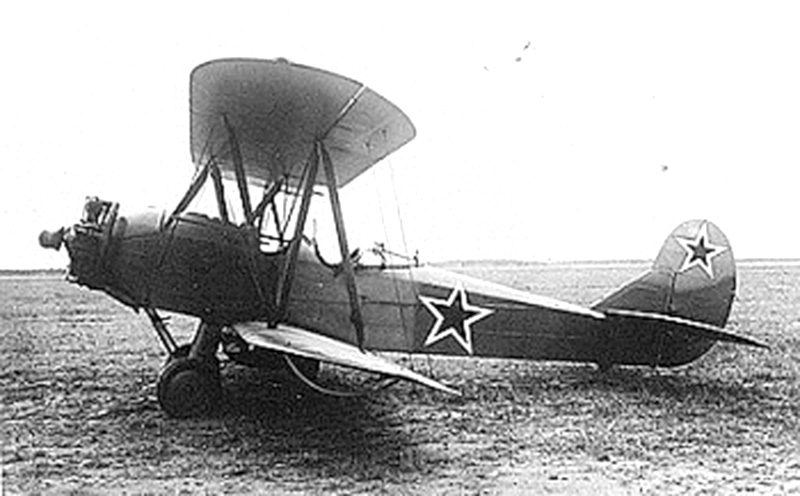
The Red Baron would have been right at home with this mass-produced Soviet bi-plane, the Polikarpov PO-2 (credit: MilitaryFactory)
Other bi-planes used during the war include the UK’s Gloster S.S.37 Gladiator (the last fighter biplane used by the Royal Air Force), and the Soviet Polikarpov PO-2, designed in 1927. German soldiers nicknamed it the “sewing machine” on account of its pitiful engine noise. But the PO-2s were still a problem for the Germans, particularly during the Battle of Stalingrad, when female Soviet pilots, dubbed “Night Witches,” used them as light bombers for night raids. These daring pilots temporarily turned off the engines when approaching enemy positions; the swish of wind against the wings of one of these outmoded aircraft was often the last thing a German soldier ever heard.
(2) The Cavalry Charge
The First World War is generally regarded as the conflict that finally put an end to the cavalry as an effective fighting force, but there were some notable instances when mounted troops were still able to make a difference.
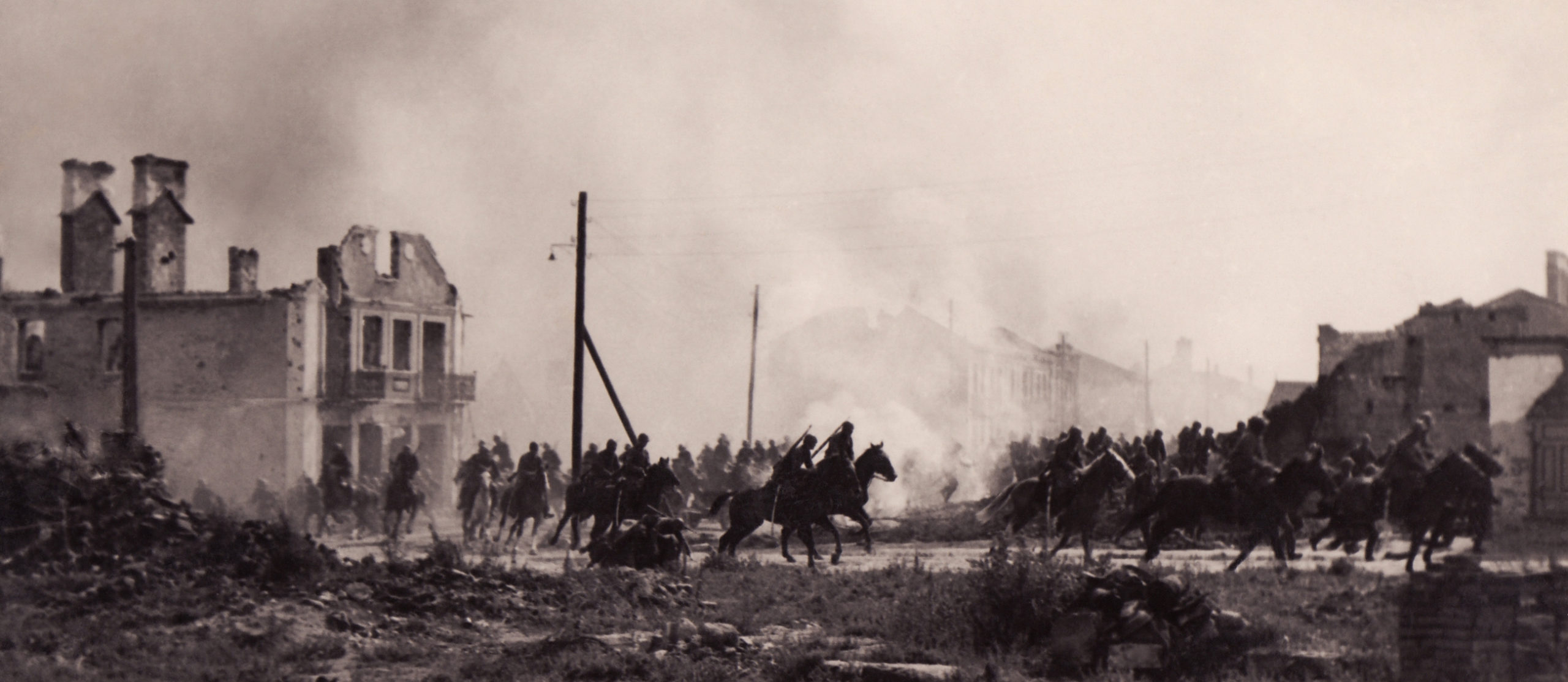
Battle of the Bzura: Polish cavalry in Sochaczew in 1939. (credit: unknown photographer/public domain)
Military History Now explains:
Germany had four cavalry divisions in World War Two. The Soviets had 13. And in 1941, Life magazine reported that the U.S. Army was supplying itself with 20,000 horses. In fact…it was the biggest order for horses the army had placed since the Civil War. On the battlefield, cavalry made a number of contributions during World War Two.
In January of 1942, the U.S. 26th Cavalry attacked Japanese infantry on the Bataan Peninsula. Later, the same unit even managed to hold off enemy tanks. American mounted units were not used elsewhere during the war, but George Patton supposedly once remarked that had he been given cavalry in the war in North Africa, not a single German would have escaped the Allies.
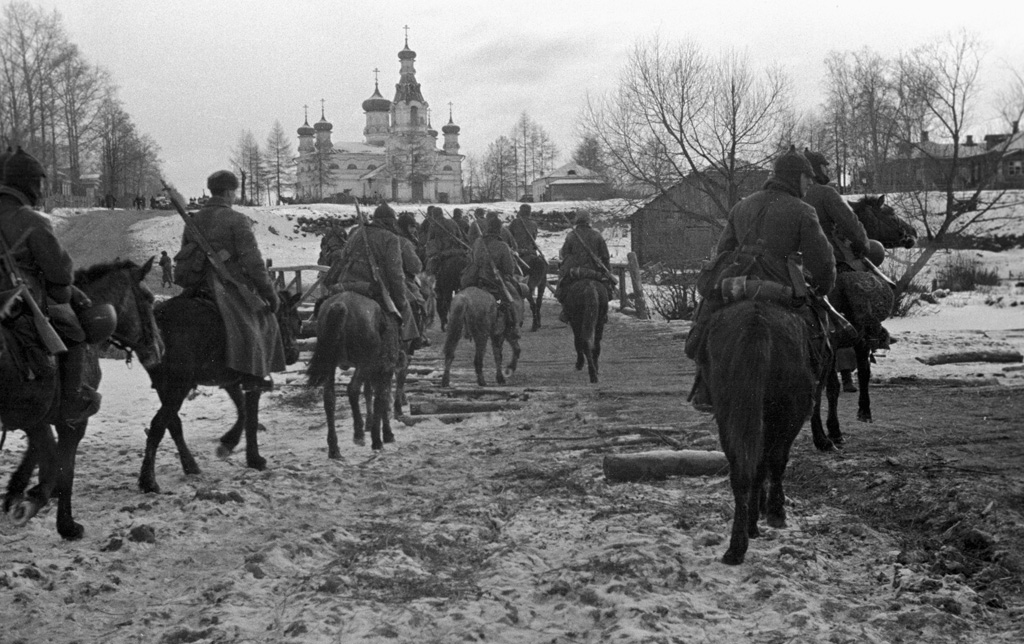
Soviet cavalry entering a Russian town, December 15, 1941. (credit: L. Bat/RINA/public domain)
The Soviets in particular, who had a rich tradition of mounted troops via the Cossacks, made effective use of cavalry during the war, even increasing the number of units over the duration of the conflict. To oppose the Red Army, some Ukrainian Cossacks served with the Germans in reaction to the atrocities inflicted by Joseph Stalin during the 1930s.
(3) Four-legged Logistics
Speaking of horses, the Second World War wasn’t as motorised as one might think.

German soldiers in Crimea (credit: public domain)
The Germans were particularly dependent on horses for their logistics. It has been estimated that 80% of the Wehrmacht was horse-drawn; at any given time during the war, the Germans maintained some 1.1-million horses. During Operation Barbarossa, the Germans mobilized some 3-million men, 600,00 vehicles, 3,350 tanks, and somewhere between 600,000 and 750,000 horses. That’s about one horse for every four men. And of course, all those horses needed to be fed; on average, each required about 13 pounds (6 kg) of feed a day, for a total of 4,500 tonnes (4,500,086kg!) per day.
(4) Communications Pigeons
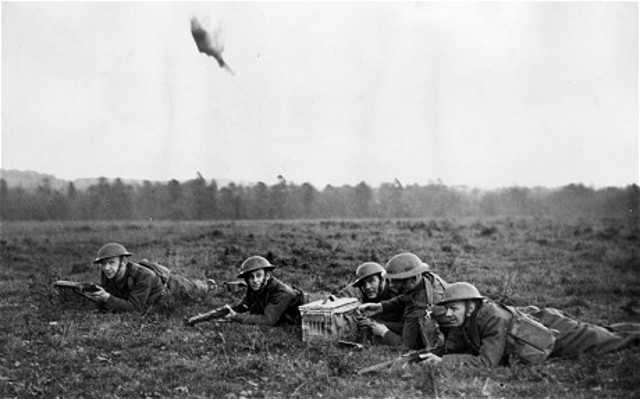
Allied forces releasing a pigeon destined for the British Isles (credit: Getty)
Using birds to transmit messages is a technique that dates back to the time of the ancient Persians. During the Franco-Prussian war of 1861, Parisians, trapped by the German siege, released homing pigeons from hot air balloons to infiltrate enemy lines. Birds were also used extensively in WWI.
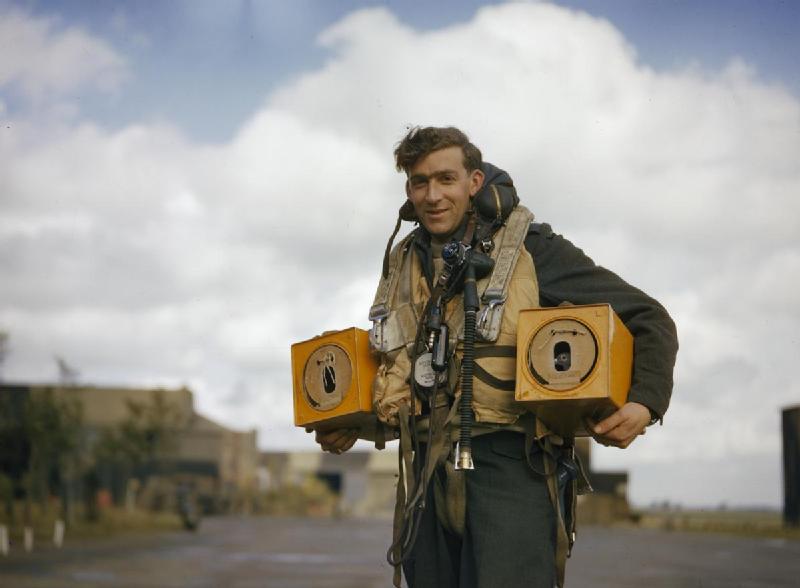
Canadian crewman with homing pigeons carried in bombers as a means of communications in the event of a crash, ditching or radio failure (credit: Imperial War Museum/public domain)
During the Second World War, the British used as many as 250,000 homing pigeons to transmit sensitive messages. They even set up an Air Ministry Pigeon Section to support the effort.
Using pigeons in these numbers may seem excessive, but they had good reasons for doing so. Unlike radio signals, which could be picked up by virtually anyone within range of their transmission, birds were rarely intercepted (though some were shot out of the sky by enemy sharpshooters). These pigeons also allowed the British military to decrease its dependence on radio communications, which was often interpreted by the enemy as a sign of potential military action.
(5) Visual Signalling Among Soviet Tankmen
Birds weren’t the only low-tech communications medium used during the war. In an era when radio communications were common among the commanders of German panzers, Russian tankmen were still relied on visual signalling.
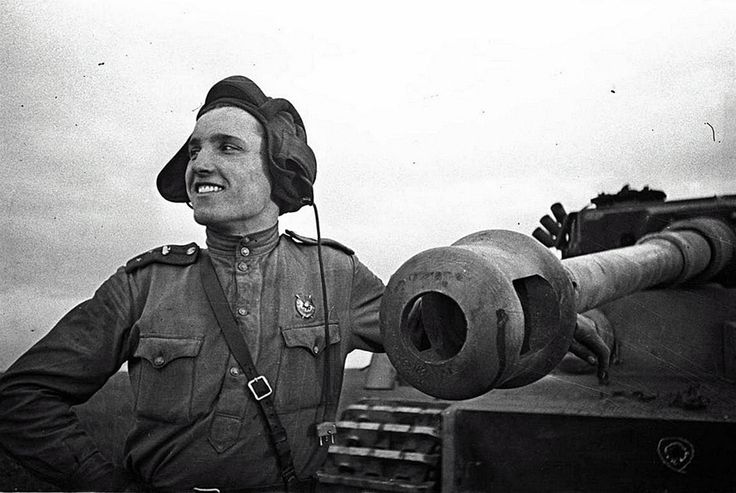
A Russian tank commander next to a knocked-out German Tiger (credit: histomil/public domain)
This was brought to my attention by my father, Ladislav Dvorsky, a Cold War tank commander in the Czechoslovakian Army and an amateur historian. Here’s what he told me:
Visual signalling tends to be exclusively associated with marine and aerial communications, like the famous flag semaphore telegraphy system. But during the Second World War, Soviet tankmen used flag signals to relay messages within tank formations.
German tank commanders, who had access to radio communications, found the practice quite amusing, and they mocked their Russian counterparts for partaking in this apparently primitive practice.
Of course, the Germans didn’t have much to laugh about after the introduction of the dreaded T-34 tank. On a related note, Soviet tankmen also used flares to communicate, a common practice among the infantry during the First World War.
(6) Trench Warfare
Trenches have been around for hundreds of years, though they rose in prominence during the stalemated WWI. During the Second World War, armies managed to steer motly clear of trenches, owing to the power of armoured mobile warfare — but there were still instances when troops had no choice but to dig in for the long term and construct trenches, fortified defences, and underground bunkers.
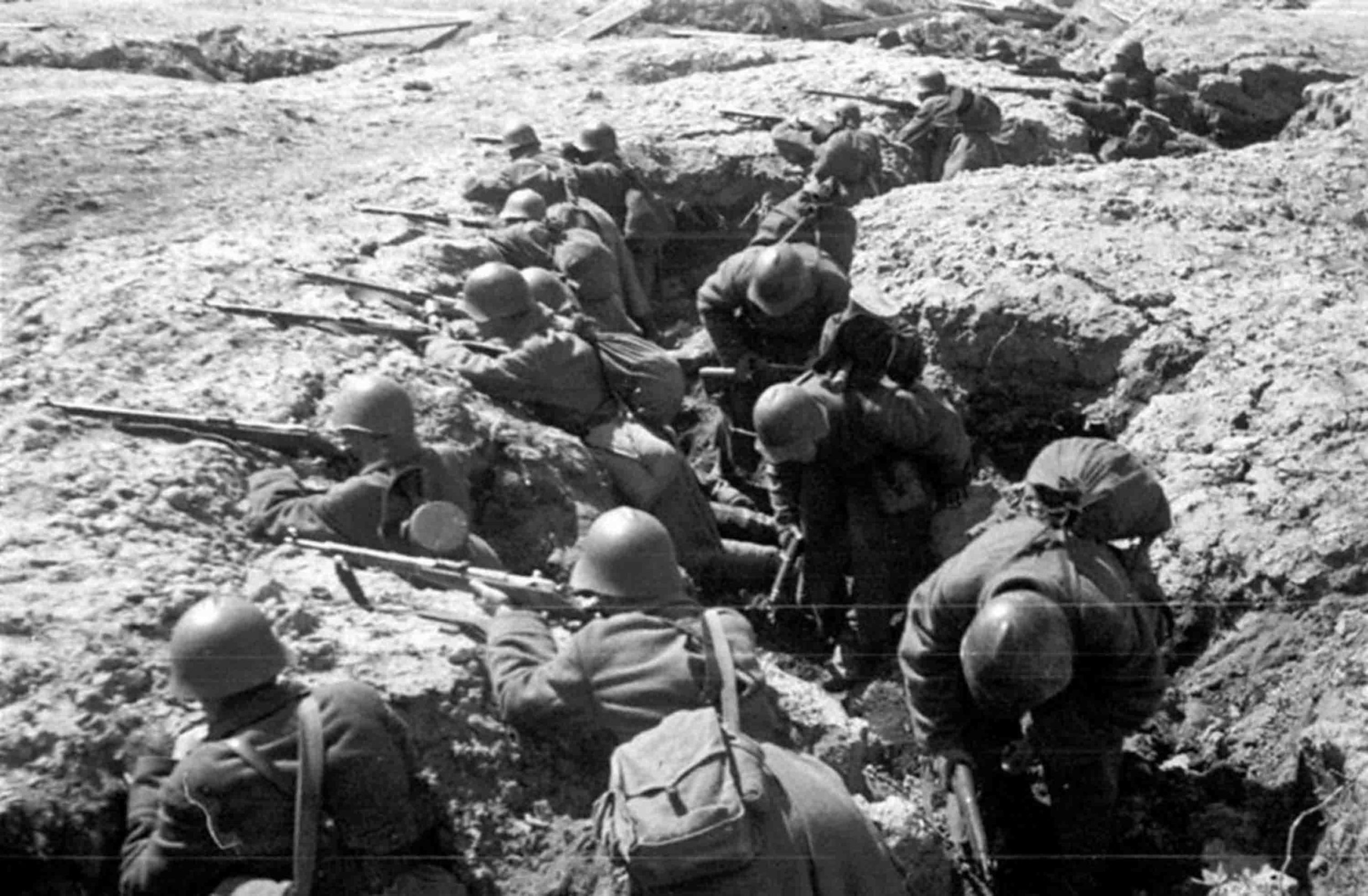
Soviet troops in trenches during the siege on Leningrad, 1942 (credit: rusarchives/public domain)
During the Battle of Sevastopol in Crimea, the Soviets held a trench system for several months against relentless German artillery. In Stalingrad, both the Soviets and Axis troops created rudimentary trench systems in the city ruins. During the Siege of Leningrad, soldiers and citizens constructed a fortified region consisting of hundreds of miles of timber barricades and anti-tank ditches. Extensive trench-like defensive systems were also utilised by the Soviets at the Battle of Kursk, and by the Germans in both Italy and the beaches of Normandy.
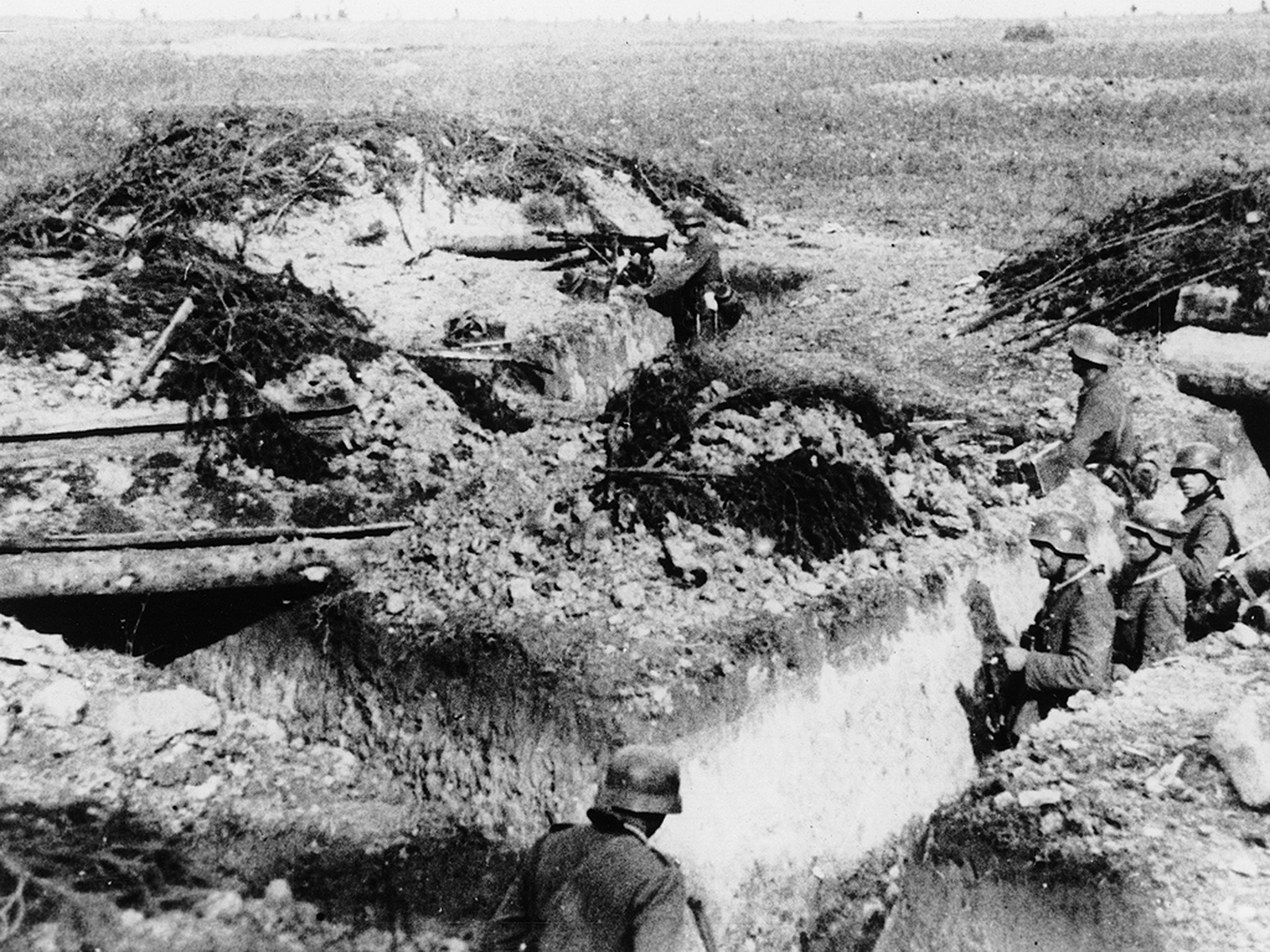
German troops inspect captured Soviet trenches at Volkhov (credit: unknown photographer/public domain)
Over in the Pacific, Japanese soldiers dug into the mountains of Iwo Jima, and built fixed fortifications in Okinawa and Guadalcanal.
(7) Flooding as a Weapon
The deliberate flooding of low-lying areas is a tactic that dates back hundreds of years. Recent work by Dutch researcher Adriaan de Kraker shows that, since the year 1500, about one-third of all floods in southwestern Netherlands were deliberately caused by humans during wartime. This old-school tactic, in which dykes are destroyed to gain a tactical advantage, was employed by both the Germans and Allied forces during WW2.
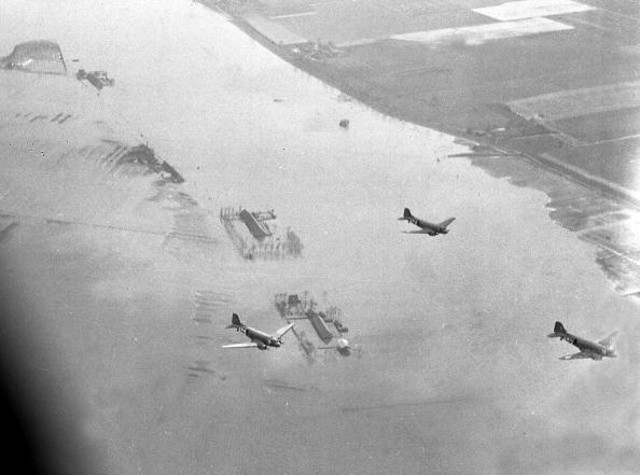
Allied transport planes pass over flooded districts of Holland, September 1944 (credit: Popperfoto)
As the Germans were retreating along the Western Front in 1944, they left a terrible trail of destruction in their wake. In the Scheldt Estuary, for example, advancing Allied troops, who were making their way north from Antwerp toward South Beveland, suddenly encountered fields flooded with water. The deliberately flooded terrain proved treacherous for the advancing troops, causing them to slow their advance. Meanwhile, the Germans were able to evade both land and aerial reconnaissance.
But the Allies also bombed the dykes; during the same campaign, the island stronghold of Walcheren was attacked from the air. The resulting floods constrained German movement, significantly speeding up the Allied offensive. After a month of fighting, the Allies prevailed — but at the cost of 12,873 casualties, nearly half of them Canadians.
(8) Biological Warfare
The use of infectious or poisonous agents as a weapon may sound like a modern military innovation, but it’s a relatively low-tech practice that’s been around for over 3,500 years. Historical Hittite documents describe how victims of Tularemia (a bacterial infection) were forced into enemy lands, causing an epidemic. In the Middle Ages, corpses and excrement infected with bubonic plague were flung over castle walls using catapults. Similar scenes involving infected bodies and clothing were repeated in Europe, North America, and Australia during the 18th and 19th Centuries.

Members of the dreaded Unit 731, a germ warfare center set up by the Japanese Imperial Army (credit: unknown/public domain)
By the time the Second World War erupted, biological warfare was a well established tactic. In one of its more atrocious implementations, the Imperial Japanese army infected more than 1,000 water wells in Chinese villages to instigate the spread of cholera and typhus. At least 203,000 people died in experiments and deliberate biological warfare between 1939 and 1945.
Biological warfare is now a high-tech endeavour, but during WW2 its implementation by the Japanese was still fairly primitive — an approach to germ warfare that resembled the efforts of earlier times.
Sources not cited: Weapons of World War II by Alexander Ludeke [The Second World War by Antony Beevor [Stalingrad: The Fateful Siege by Antony Beevor]
